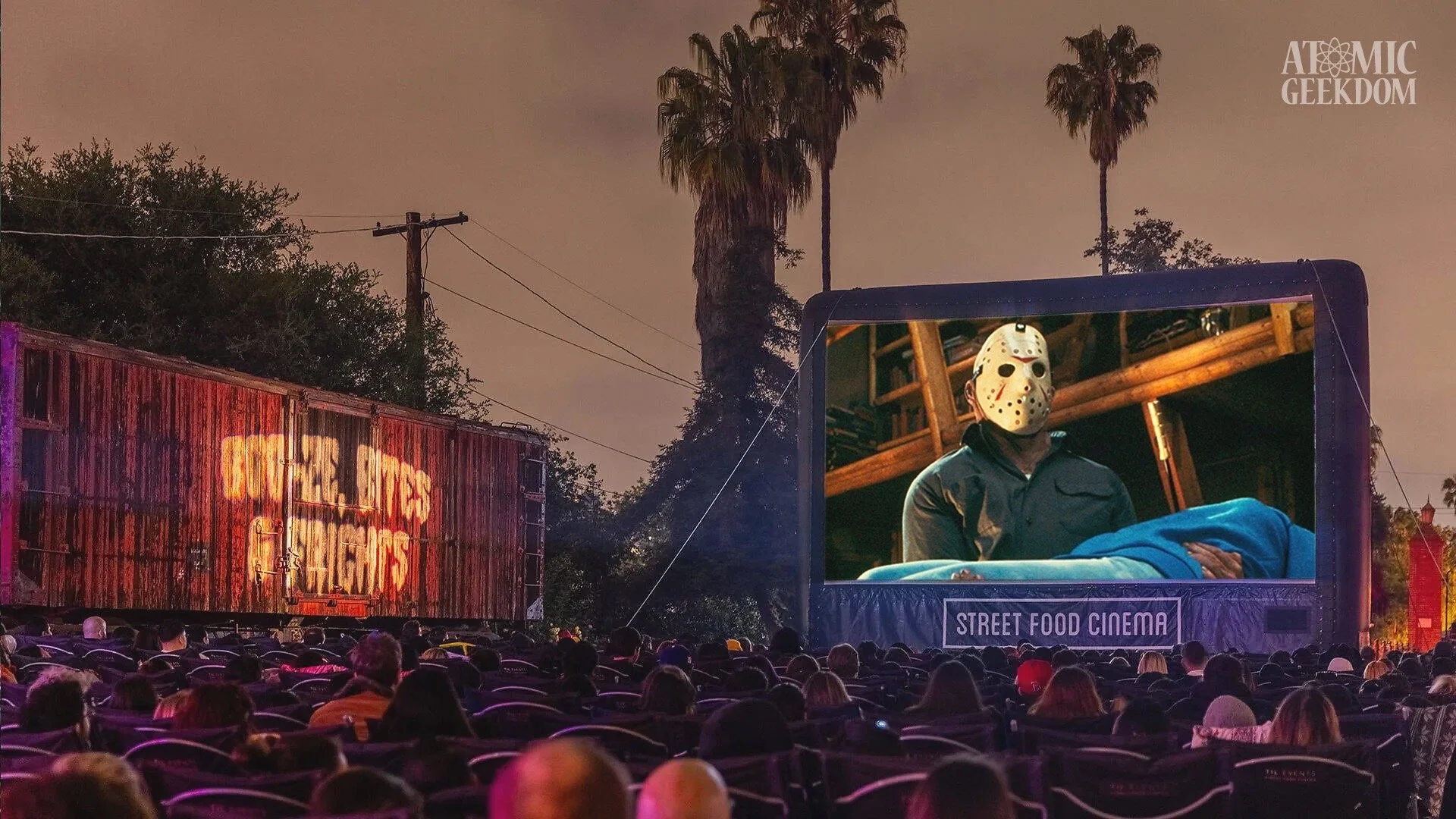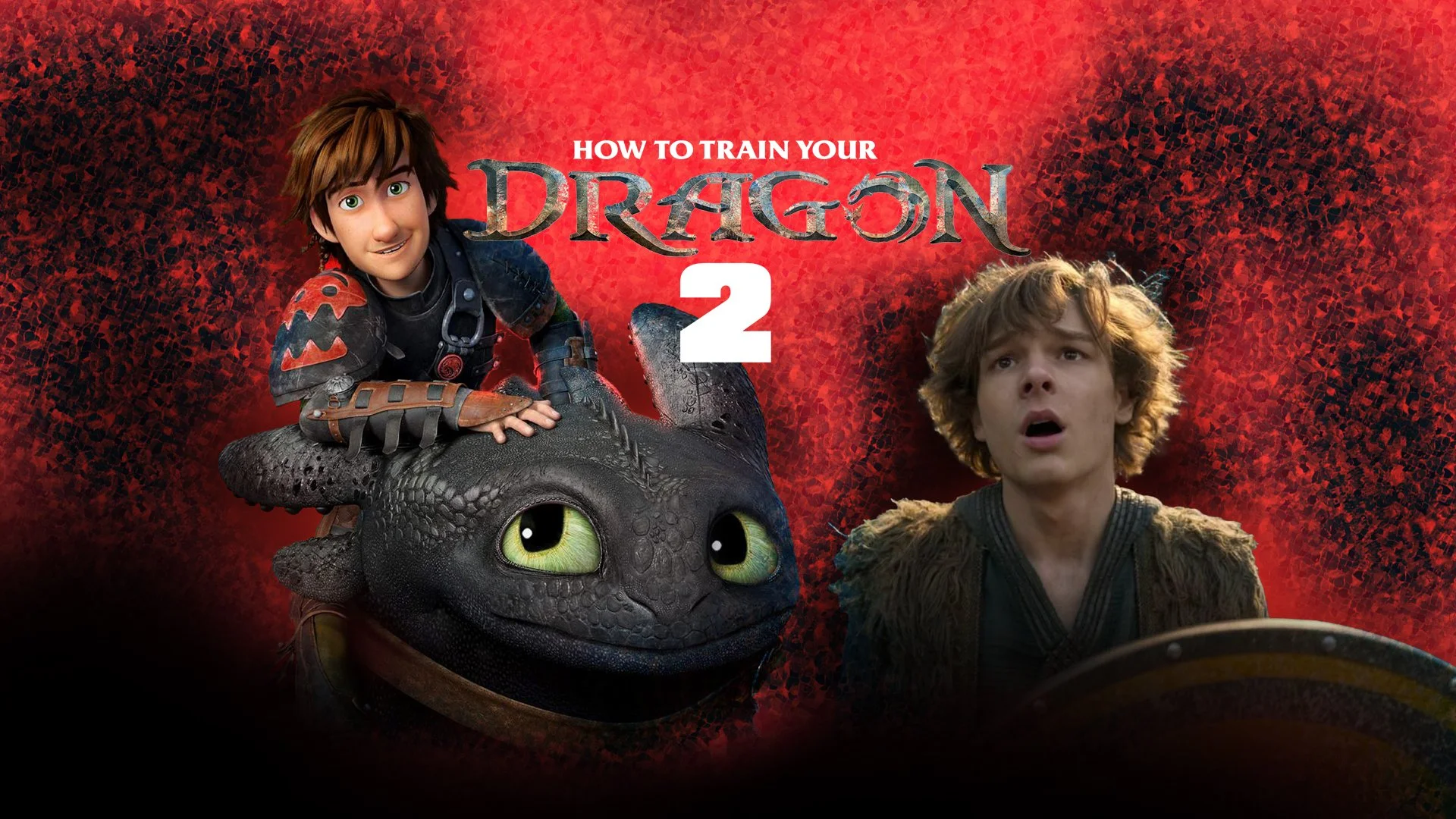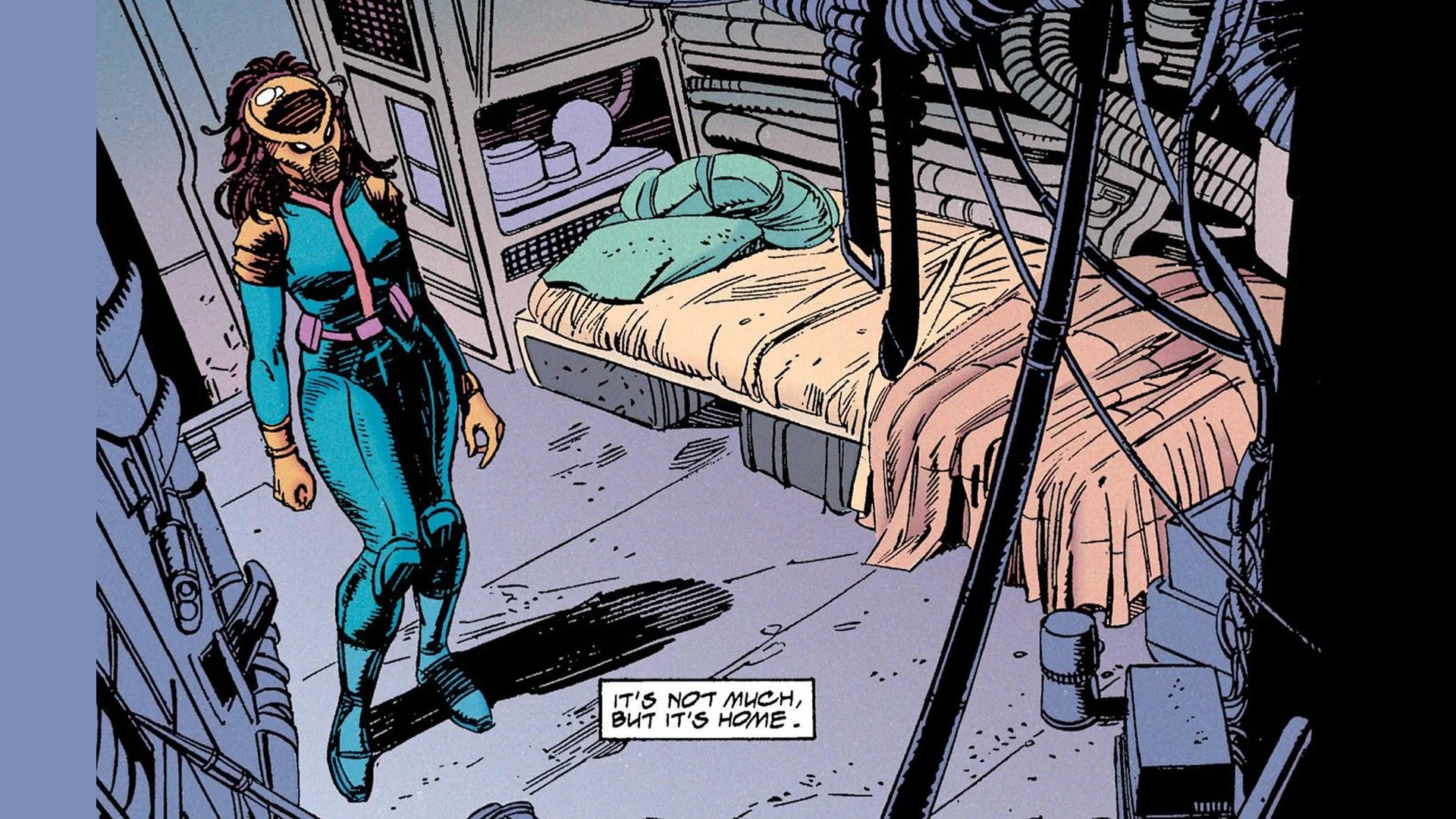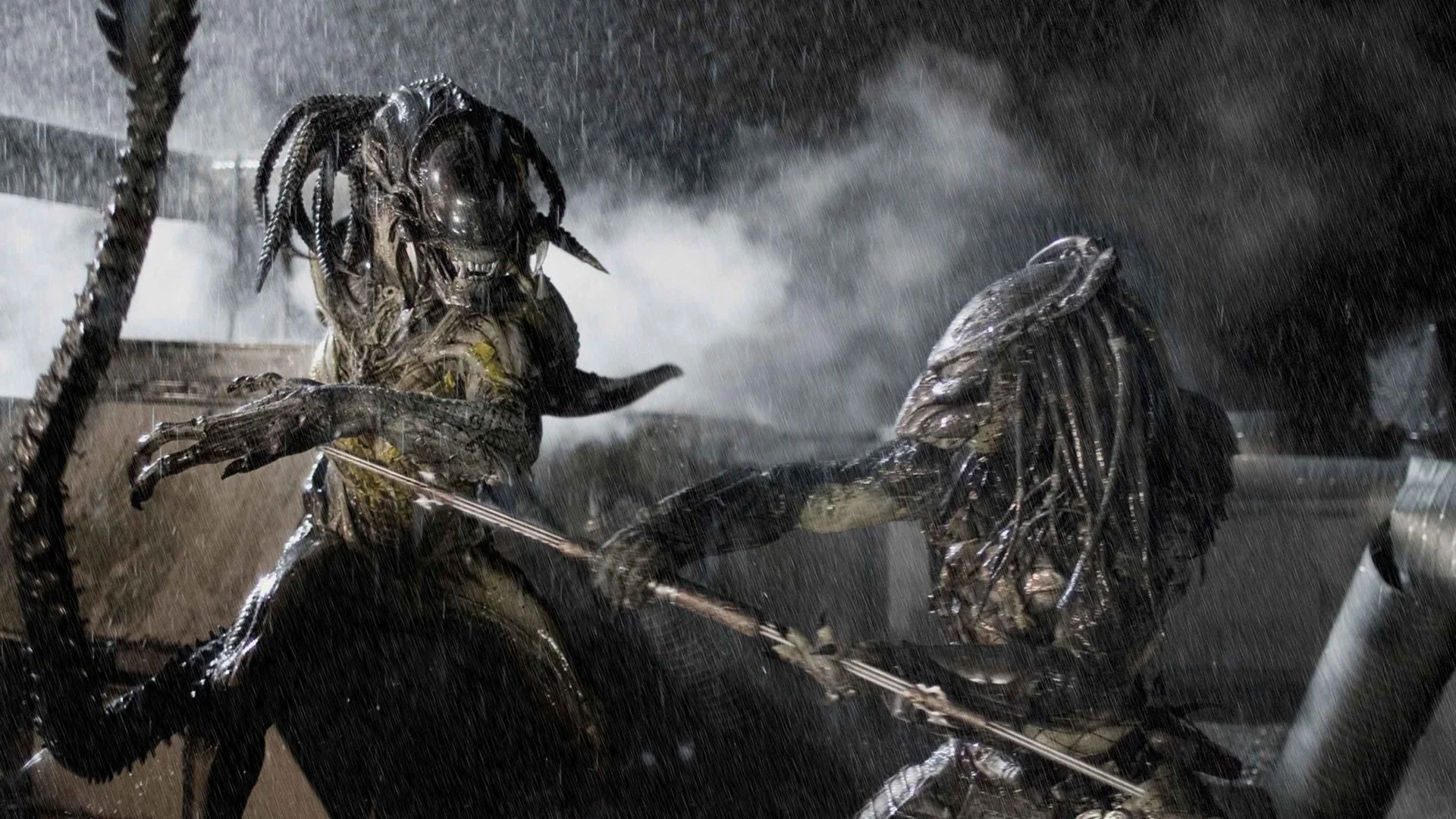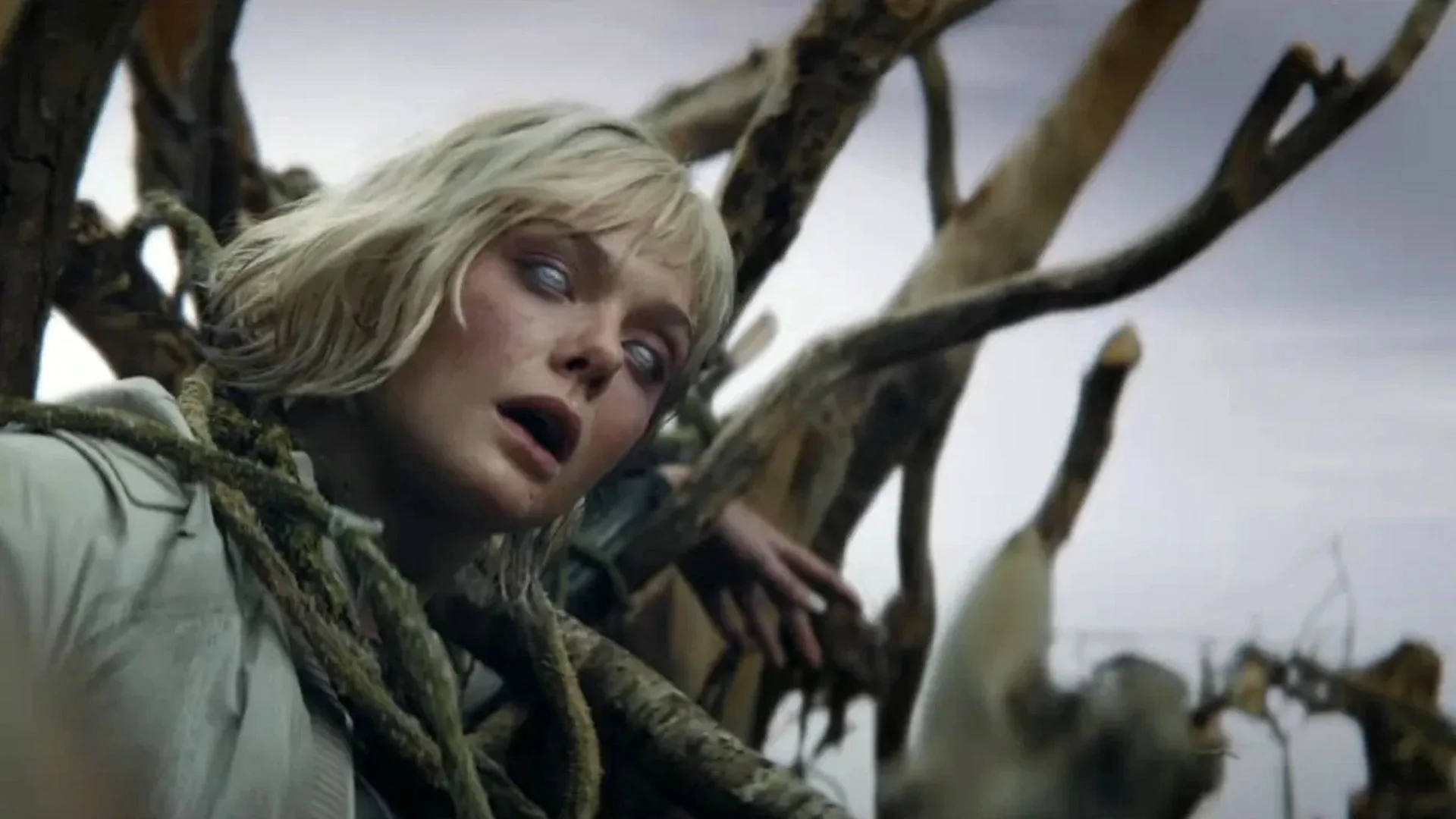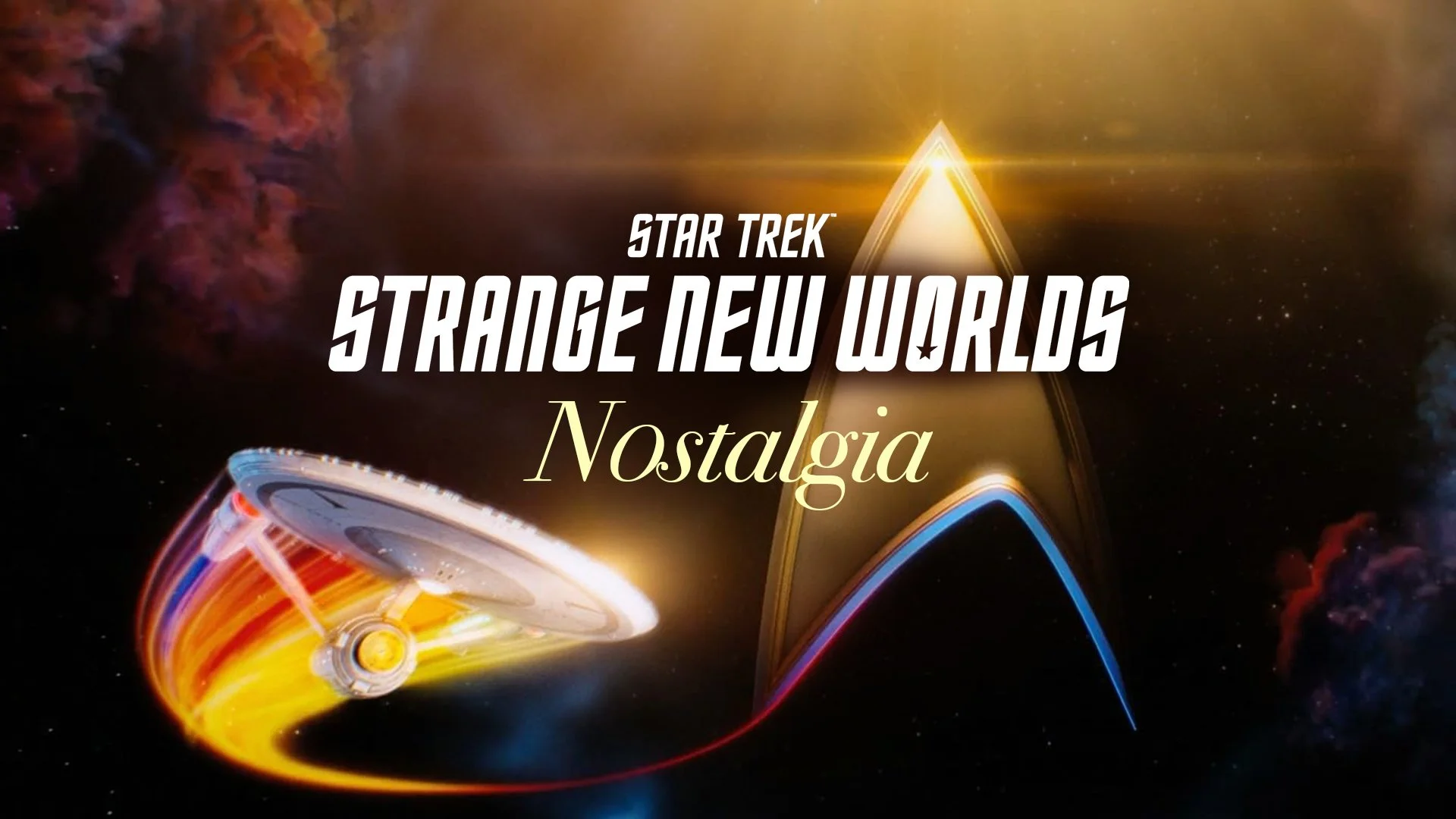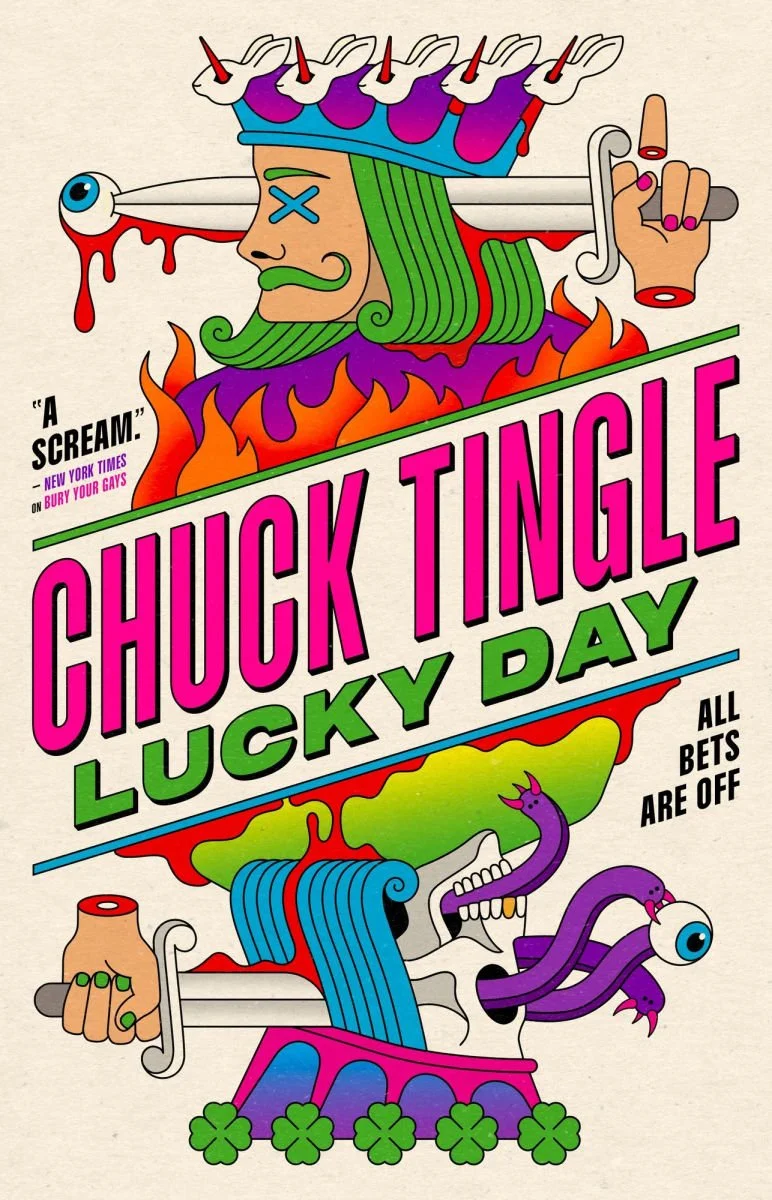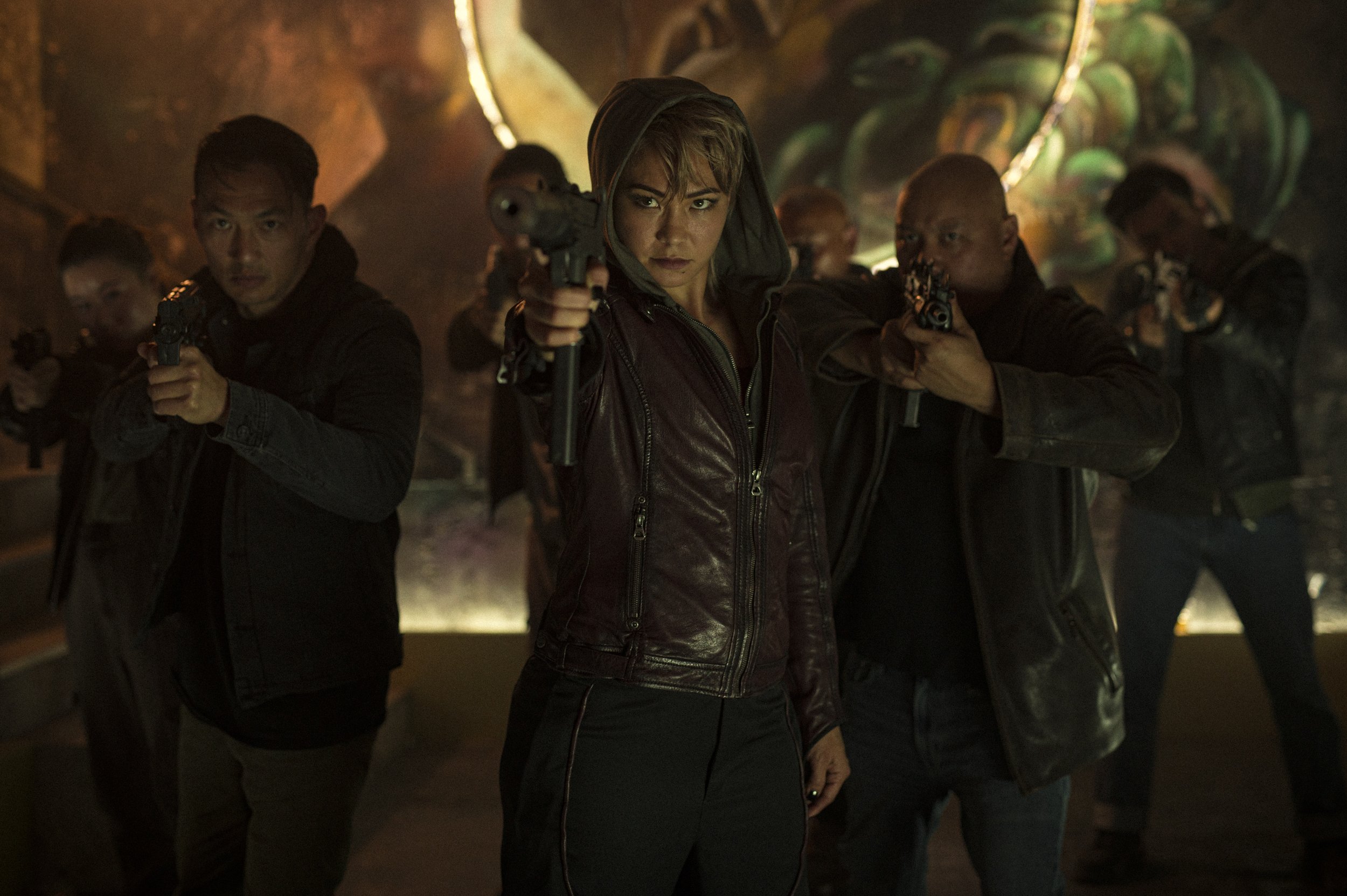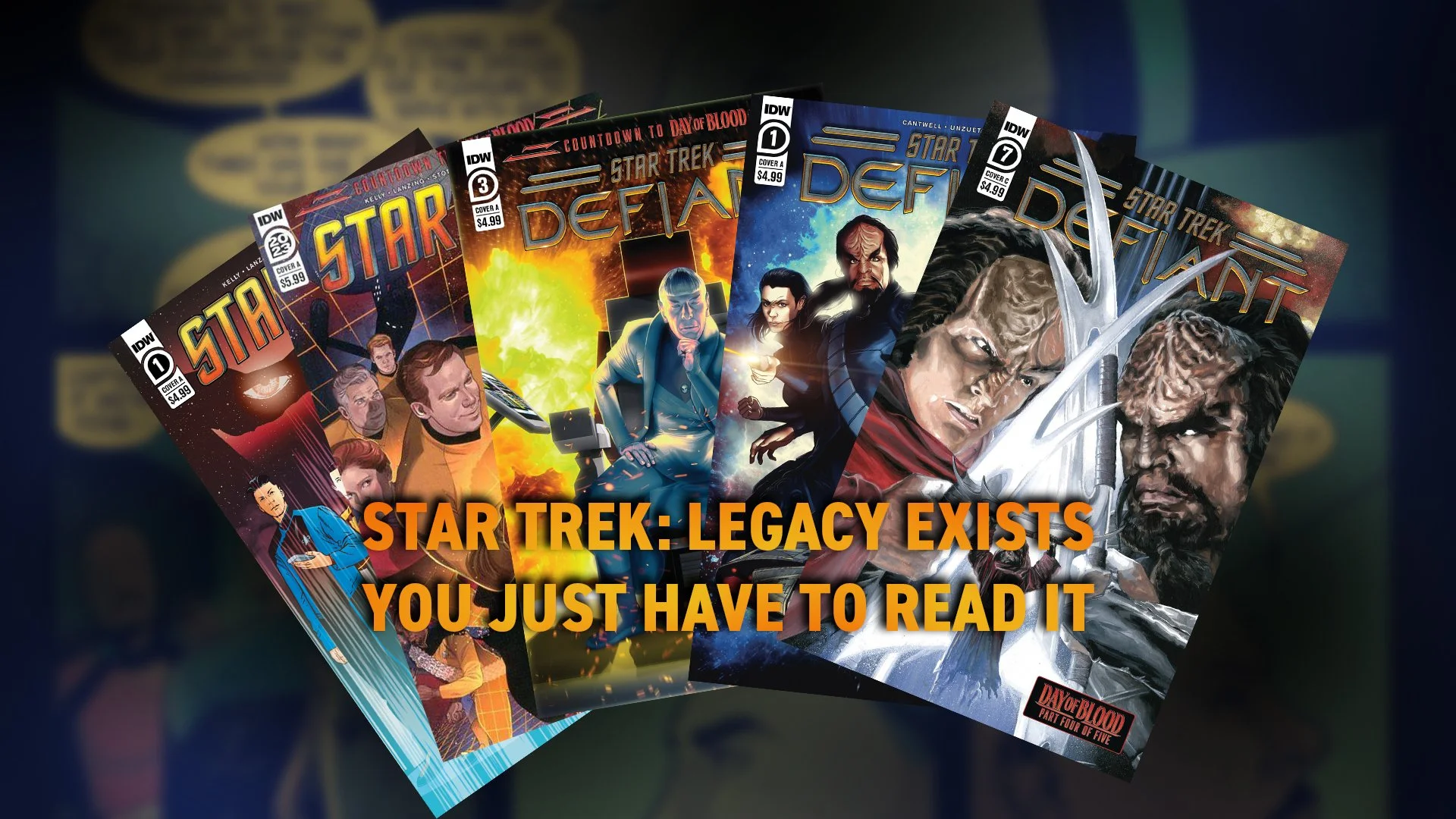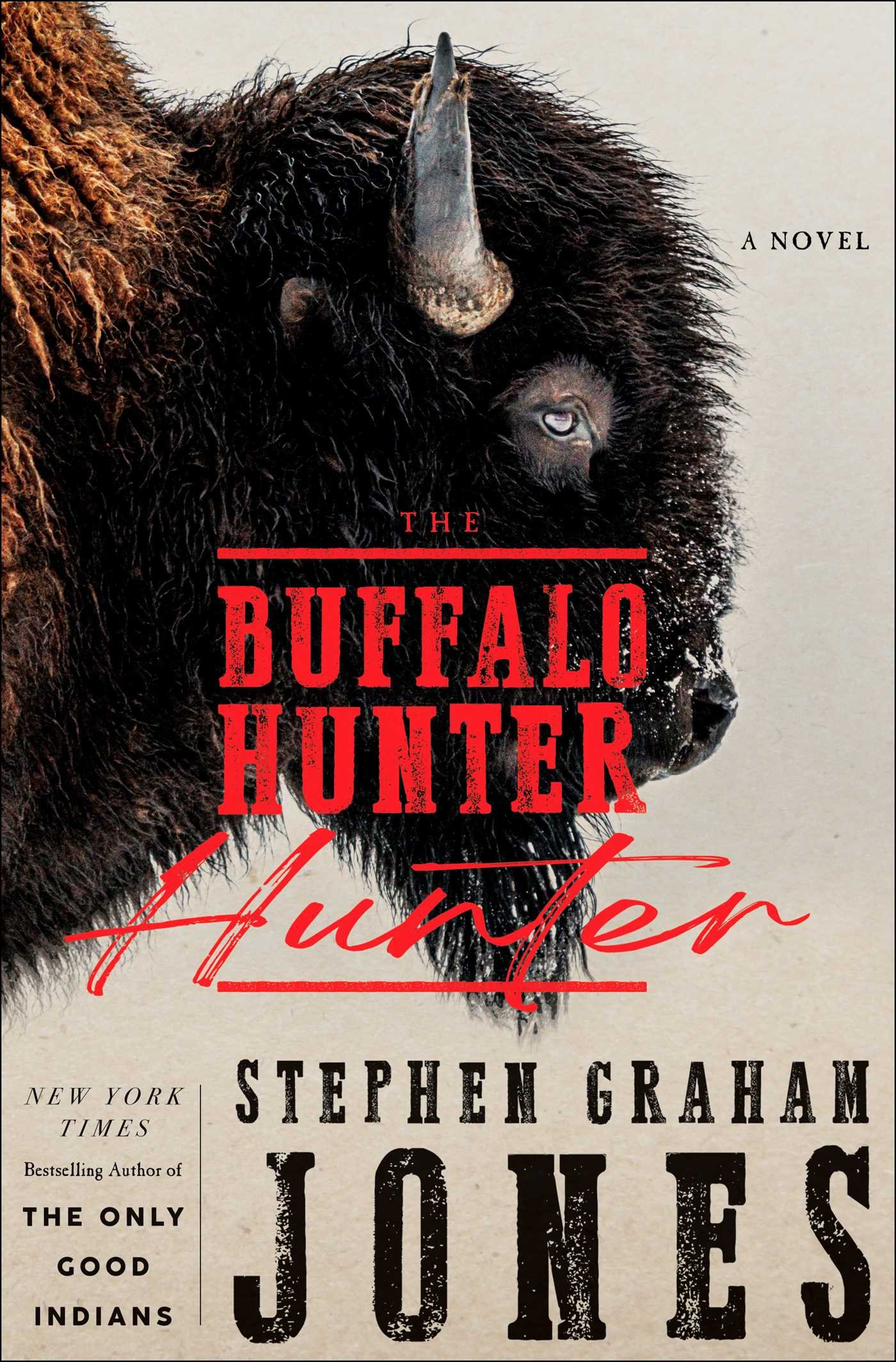As season three of Star Trek: Picard was coming to an end, showrunner Terry Matalas began talking about how he was using the season to set up a new show titled Star Trek: Legacy. This hypothetical spin off series would follow Seven of Nine as the new Captain of the Enterprise G and her crew, which consisted of various children of the Star Trek: The Next Generation characters. This idea resonated with many Star Trek fans who were watching the show so much that they launched various online campaigns to try and convince Paramount to greenlight Star Trek: Legacy. Since the almost 2 years since Star Trek: Picard season 3 ended, Paramount has cancelled Star Trek: Discovery, Star Trek: Lower Decks, Star Trek: Prodigy, and only produced Star Trek: Section 31 and the upcoming Starfleet Academy. Despite the continued online desire for Star Trek: Legacy, Paramount doesn’t seem interested. But in a surprising twist of fate, Star Trek: Legacy does exist, just not in the way most fans would probably accept.
Comics are an often overlooked piece of media, Star Trek comics even more so. But with that said, IDW Publishing has been going strong with the Star Trek IP since 2007. They’ve published mini-series’ consisting of lost stories set in the Star Trek: The Original Series timeline, Terry Matalas has even written a Borg mini-series that was very reminiscent of his story in Star Trek: Picard season 3, they’ve explored the Mirror Universe of the TNG timeline, and even explored stories set in the Kelvin timeline. But since 2022, IDW Publishing has been publishing an even more special ongoing series set in the perfect spot of the expansive Star Trek timeline.
Simply titled Star Trek, written by Jackson Lanzing and Collin Kelly, collectively known as The Hivemind, along with tons of incredible artists, the series follows Benjamin Sisko having returned from the Celestial Temple because the Prophets believe he’s the only one who can stop a Godkiller. It takes some convincing, but Sisko convinces Starfleet to reinstate him with a ship and a crew and he goes out in search of whoever has decided to kill the gods of the universe. His crew consists of many familiar faces to the Trek timeline, including Data, Beverly Crusher, Scotty, and Tom Paris, as well as newcomers like Ensigns T'Lir and Lily Sato (herself a descendant of Hoshi Sato from Star Trek: Enterprise).
The series has also spawned a spin off called Star Trek: Defiant which is written by Christopher Cantwell and features a crew consisting of Worf, Spock, Ro Laren, B'Elanna and newcomer Nymira, an Orion doctor with a troubling past. This series sees Worf and his crew uncover the shadier elements of the Star Trek universe and sees them act more like bounty hunters than Starfleet officers. Both titles compliment each other while exploring different aspects of the Star Trek universe. They also never stray too far from established canon or themes. In fact, they play with them in a way that should delight old and new fans alike. Characters jump in and out like Harry Kim, Kathryn Janeway, or Shax from Star Trek: Lower Decks. But most excitedly, both series pick up characters and plot elements that the shows left behind due to their episodic nature.
Prior to the “Latinum Era” (or streaming era if you want to be boring about it), Star Trek was primarily an episodic show. There were attempts to move away from this with the final seasons of Star Trek: Deep Space 9 or Star Trek: Enterprise season 3, but the mandate for television was different in the late 80s to the early 00s. Viewers weren’t expected to follow a show week to week, they were expected to tune in and be able to jump into a new adventure without any baggage from the previous week. Serialization was very risky for television and only happened when networks were absolutely certain they had “appointment TV” on their hands. Even as popular as Star Trek: The Next Generation was, the show never went further than a two-parter. But a comic book doesn’t need to worry about that. A comic book can continue to build for 20, 30, or even 40 issues without concern for losing the audience. So Star Trek: Defiant, for example, is in a unique position to bring back characters like Berlinghoff Rasmussen (there’s a deep cut for the Trekkies), or the parasitic aliens from Star Trek: The Next Generation season 1. There’s a very cool revelation about those parasites in the pages of Star Trek: Defiant for example.
Even the main plot of Star Trek centers around a plot thread from Star Trek: The Next Generation that no show ever picked up. Something that should have been a much bigger deal to the universe: what happened to Kahless II after he was made a puppet emperor of the Klingon Empire. The answer is that he formed the Red Path and went on a killing spree across the cosmos. Something that makes perfect sense when you remember that Klingon mythology states that Klingons killed their gods. Well there are more gods in the universe, and Kahless has a problem with that. This backdrop sets the stage of uniting the edges of the Star Trek universe in a surprising organic way. With deep cuts and obvious references weaving in and out of every issue. At the very least it creates an incredible father/son story between Worf and Alexander.
All these characters returning can only happen in a comic book. When you really sit down to think about it, the Star Trek: Legacy that fans want is frankly impossible. The budget needed to bring back so many characters from these shows would be way too much for Paramount+, especially right now. Not to mention, you’ll never get Avery Brooks back as Captain Sisko, he’s very happy in retirement. But comics don’t have the same budget restriction. That’s not to say there aren’t restrictions on what a comic can do, but the difference between filming a story where Captain Sisko, Worf, Spock, Data, Shax, and whoever else fighting Kahless II and drawing it is astronomical. Not to mention, it’s actually impossible to get Spock and Scotty together. Who among us hasn't wondered if Scotty and Spock reunited after Scotty turned up in the 24th century?
Star Trek and Star Trek: Defiant are set in a kind of “Goldilocks” moment in the Trek timeline. A perfect moment in time between Star Trek: Insurrection and Star Trek: Nemesis when every character is on the table and could conceivably show up. This moment organically allows the writers and artists of these two ongoing comics to pay tribute to every era of Star Trek, and have even managed to throw in references to Star Trek: The Original Series, Star Trek: Strange New Worlds, Star Trek: Enterprise, and something special that won’t be spoiled here. From characters, to locations, to surprise cameos, these comics combine these eras in a way that makes it feel more cohesive than the shows can sometimes feel. Due to the very different production budgets of the various eras of Star Trek, the shows can often feel disconnected from each other. While fans can (mostly) accept that Star Trek: Strange New Worlds and Star Trek: The Original Series are set within the same decade for example, it helps to have a story that makes it easier to digest.
Now, a big question posed by fans is the nature of canon. Whether or not a book, comic, video game or even a show, is canon is hotly debated in internet spaces. But the creator himself, Gene Roddenbery didn’t accept anything in print as canon (he also didn’t accept Star Trek: The Animated Series as canon). So comics, in this case, are considered non-canon (or Beta-Canon) and can be easily contradicted by current or future shows. But he’s dead and, while this won’t change the debate (many consider the entire Latinum Era non-canon), the only canon that matters is the canon that is important to you, the reader/watcher. The Force Center Podcast calls it your “emotional canon.” What this means is, basically, canon is what you decide it is for yourself. If you love a book, even if a show or movie contradicts it, then the only thing that matters is that you get value out of it, so it’s your canon. So who’s to say that a comic book can’t be canon? When your creators care as much about Star Trek as these, then it’s easy to accept this as, not just a love letter to every show and movie, but as canon. Just make sure you’re not a dick about it.
Currently, Star Trek and Star Trek: Defiant are in their second crossover event, titled “Lore War.” This event sees Data’s infamous brother Lore rewrite the Star Trek universe in his image. Jackson Lanzing and Collin Kelly have called it Star Trek’s “Secret Wars,” referencing the reality altering Marvel crossover, many times. Sadly, IDW Publishing has announced that “Lore War” will be the end of Star Trek and Star Trek: Defiant. Both titles will converge into Star Trek: Omega, an oversized one-shot that will serve as a conclusion to both books as the comic’s timeline catches up with the infamous events of Star Trek: Nemesis. As Q states in the final episode of Star Trek: The Next Generation, “all good things must come to an end.” These kinds of comic book series are not the kind that can go for years and years, but it’s been almost three years since the launch of the Theseus with Sisko in the big chair, which is as good a run as any series can hope to get.
With 36 issues collected in 4 volumes and counting for Star Trek, and 28 collected in 5 volumes and counting, not to mention the “Day of Blood” and “Lore War” crossover events, there’s plenty here for Star Trek fans to enjoy. Every issue is better than the last and filled with more surprises then you could think was possible. Yes, it’s almost over, but the journey is still there for any old and new Star Trek fan to pick up and enjoy. Like coming to a TV show after the fact (be honest: not many of you reading this watched TOS as it aired), these comics will be there waiting for you to pick them up. If you’re still out there begging Paramount+ to give you Star Trek: Legacy, even though Terry Matalas has moved on, then you’re missing the Star Trek: Legacy that is right under your nose.
Star Trek and Star Trek: Defiant are the stories that Star Trek fans are demanding. They’re big, bold, fun, and can only be told in a comic book format. Jackson Lanzing, Collin Kelly, Christopher Cantwell, and their wonderful artists, are weaving their story through the canon of Star Trek like the Enterprise D flying through the bowels of a giant Borg Cube. It’s truly one of the best books on the market, not just for Star Trek. But many fans will overlook it because it’s “Beta-canon”, or not know it exists at all because it’s a comic book and not a TV show. Sure, it’s not the Star Trek: Legacy that fans were demanding Terry Matalas and Paramount+ make. It’s better.

